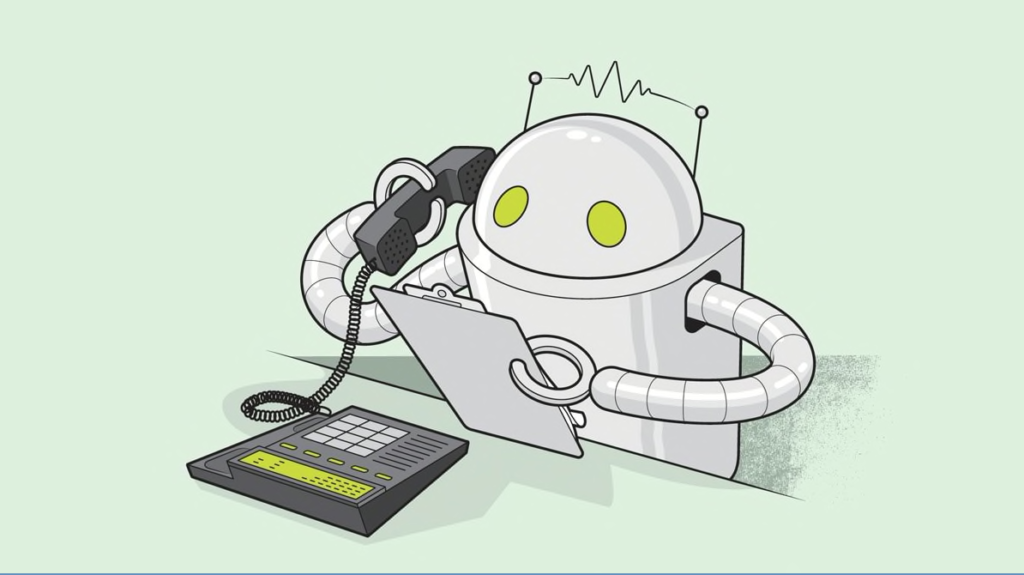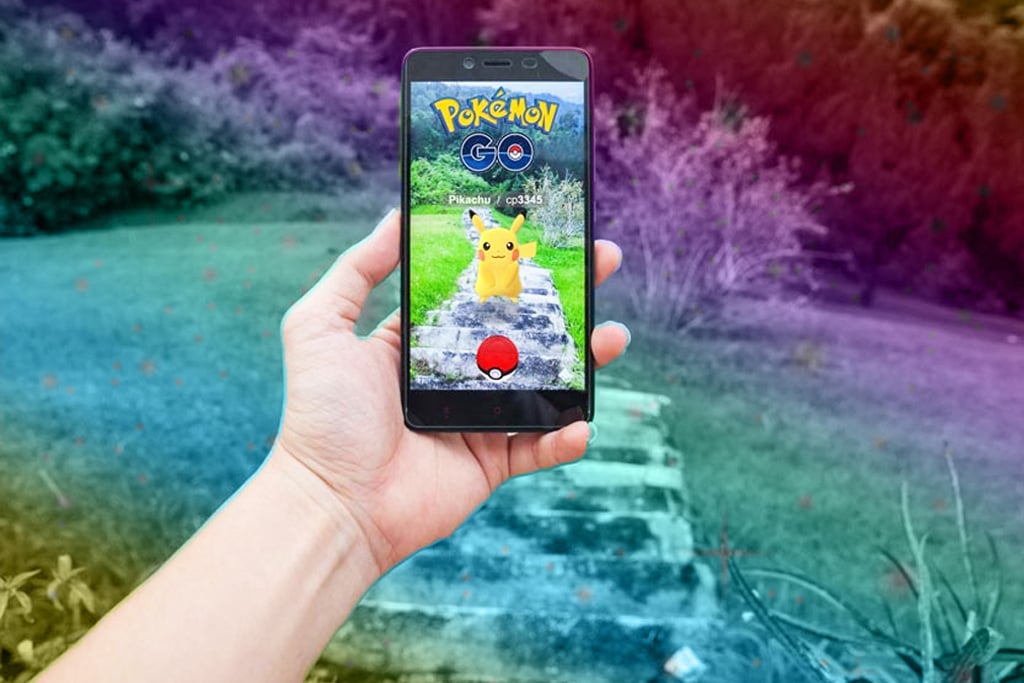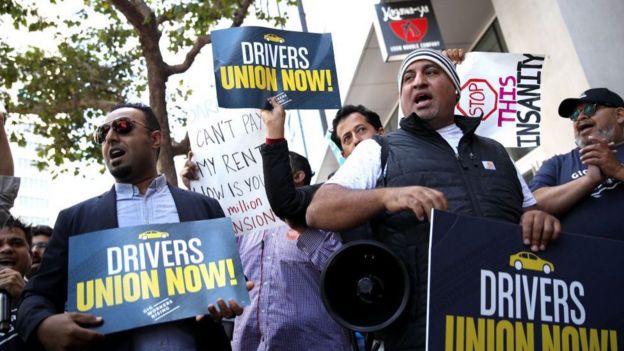By: Jacob Newton

Image Source:https://www.apple.com/
Apple, in partnership with Goldman Sachs, recently released its new Apple Card to the United States on August 20, 2019.[1] The card is aesthetically pleasing, heavy duty, and works in sync with Apple products.[2] The motto for Apple’s card is “a new kind of credit card . . . [c]reated by Apple, not a bank.”[3] The company claims the card stands for “simplicity, transparency, and privacy.”[4] However, Apple’s new credit card comes with an old credit card trick. Credit card companies have long been aware of the average consumers failure to read terms and conditions of anything before agreeing to them. These credit card companies, now including Apple, take full advantage of the lacking consumer diligence in the form of pre-dispute arbitration clauses.[5] The terms and conditions of the Apple Card customer agreement specifically state the cardholder agrees to arbitration in all matter brought by and against Apple or its affiliate and precludes class action suits.[6] Pre-dispute arbitration clauses, like the one in Apple Card’s terms and conditions, have a colorful and controversial history.
Arbitration clauses are governed by the Federal Arbitration Act (FAA).[7] Under the FAA, an arbitration agreement is no different from any other contract,[8] which means courts have to apply basic contract law to decide whether a valid agreement to arbitrate exists.[9] At the time, these clauses seemed to limit class action suits through mandatory enforcement of arbitration agreements. This was confirmed in a 2013 Supreme Court decision, which gave pre-dispute clauses more teeth in holding the FAA does not allow courts to invalidate class-action waivers just because the cost of individual arbitrations exceeds the plaintiff’s potential recovery.[10] The New York Times and the Consumer Finance Protection Bureau (CFPB) brought the general public’s attention to pre-dispute arbitration clauses in 2015 when the Times ran a series detailing the effects of these clauses found in a study conducted by the CFPB.[11] The article highlighted how pre-dispute arbitration clauses allow corporations to circumvent the courts and bar people from joining together in class-action lawsuits.[12]
In response to public outrage, the CFPB issued a rule to regulate arbitration agreements in contracts for specified consumer financial product and services in July 2017.[13] The rule would not have allowed companies to force consumers into arbitration and bar class action suits.[14] Following a corporate uproar, four months after the rule came into effect, the President signed a joint resolution passed by Congress disapproving the Arbitration Agreements Rule under the Congressional Review Act (CRA).[15] The future looked bleak for consumers when the CFPB removed the arbitration agreement rule from the Code of Federal regulation,[16] but all was not lost for consumers. In many jurisdictions, a consumer could still go after the unconscionability of the arbitration clause in Court, even though the arbitration clause contractually binds the consumer to handle all claims through arbitration, because the validity of the contract is severable from the rest of the agreement.[17] Many Corporations, such as Uber for example, have successfully circumvented the unconscionability argument by including an “opt out” provision.[18] These provisions allow consumers to opt out of the pre-dispute arbitration clause within a certain time frame. A new problem then arises, due to the lack of consumer knowledge of their ability to opt out.
What does all of this confusing pre-dispute arbitration clause law mean for new Apple Card owners? Simple, it means read the terms and conditions of the customer agreement before agreeing to them. The Apple Card arbitration clause, located in the terms and conditions, have an opt out provision.[19] It requires the consumer to notify Apple by message, phone, or letter; within 90 days of opening the account, to express they are exercising their right to reject the arbitration provision.[20]
In accordance with today’s reality, most people do not read the terms and conditions of anything anymore. For the majority of people who check the “I Agree” box and move on with their lives, a potential for hope still looms in the form of “The Forced Arbitration Injustice Repeal Act” (“FAIR Act”).[21] On February 28, 2019, U.S. Representative Hank Johnson and U.S. Senator Richard Blumenthal introduced the FAIR Act “which seeks to (1) prohibit pre-dispute arbitration agreements that force arbitration of future employment, consumer, antitrust, or civil rights disputes, and (2) prohibit agreements and practices that interfere with the rights of individuals, workers, and small businesses to participate in a joint, class, or collective action related to an employment, consumer, antitrust, or civil rights dispute.”[22] The Bill has an uphill battle, but has the potential to make a major impact on pre-dispute arbitration agreements.
[1] See Apple, Apple Card launches today for all US customers, Apple Newsroom. (Aug. 20, 2019), https://www.apple.com/newsroom/2019/08/apple-card-launches-today-for-all-us-customers/.
[2] See Apple, https://www.apple.com/apple-card/?rid=287-cid%3Dapy-311-100000070000-100000000000025-301100000000066 (last visited Sept. 18, 2019).
[3] See id.
[4] See id. (stating “[i]t represents all the things Apple stands for. Like simplicity, transparency, and privacy.”)
[5] See CFPB Study Finds that Arbitration Agreements Limit Relief for Consumers, Consumer Fin. Protection Bureau (Mar. 10, 2015), www.consumerfinance.gov/about-us/newsroom/cfpb-study-finds-that-arbitration-agreements-limit-relief-for-consumers (“The CFPB’s research indicates that tens of millions of consumers are covered by arbitration clauses in the consumer finance markets studied. For example, in the credit card market, card issuers representing more than half of all credit card debt have arbitration clauses – impacting as many as 80 million consumers. “).
[6] See Apple Card Customer Agreement 14, Goldman Sachs, https://www.goldmansachs.com/terms-and-conditions/Apple-Card-Customer-Agreement.pdf (last visited Sept. 18, 2019).
[7] See Federal Arbitration Act, 9 U.S.C. §§ 1-16 (2012).
[8] See id. at § 2.
[9] See Brann & Isaacson, Optional Arbitration Programs: Opting In vs. Opting Out, 24 No. 7 Me. Emp. L. Letter 1 (2019).
[10] See Am. Express Co. v. Italian Colors Rest., 570 U.S. 228 (2013).
[11] See Jessica Silver-Greenberg & Robert Gebeloff, Arbitration Everywhere, Stacking the Deck of Justice, N.Y. Times (Oct. 31, 2015), http://www.nytimes.com/2015/11/01/business/dealbook/arbitration-everywhere-stacking-the-deck-of-justice.html?_r=1. (involving the negative effects of American Express and other companies’ mandatory arbitration clauses to consumers); Liz Kramer, Beyond the Headlines Part II: What the New CFPB Report Teaches Us About Arbitration v. Litigation, Arb. Nation (Mar. 12, 2015), http://arbitrationnation.com/beyond-the-headlines-part-ii-what-the-new-cfpb-report-teaches-us-about-arbitration-v-litigation (stating that the CFPB’s study in 2015 found that Of the 158 cases in which the consumer had an affirmative claim, arbitrators provided consumers with relief in 20% of them and of the 244 affirmative claims by companies that resulted in an award, arbitrators provided the companies relief in 93% of those disputes).
[12] See id.
[13] See 82 FR 55500 (Nov. 22, 2017) (to be codified at 12 C.F.R. pt. 1040).
[14] See id.
[15] See Act of Nov. 1, 2017, Pub. L. No. 115-74, 131 Stat. 1243.
[16] See 82 Fed. Reg. 33210 (Sept. 18, 2017) (to be codified at 12 C.F.R. pt. 1040) (giving notice of invalidation of 82 FR 55500 (Nov. 22, 2017) (to be codified at 12 C.F.R. pt. 1040)).
[17] See Rent-A-Center, W., Inc. v. Jackson, 561 U.S. 63, 70-71 (2010) (holding held that the agreement’s delegation of authority to the arbitrator to decide whether the agreement was valid was severable from the rest of the agreement, such that a challenge to the validity of the delegation provision itself was required before a court could intervene).
[18] See Suarez v. Uber Techs., Inc., 2016 U.S. Dist. LEXIS 59241, at *14 (M.D. Fla. May 4, 2016) (giving considerable weight against unconscionability to the “op-out” provision and the fact the driver did not opt out).
[19] See Goldman Sachs, supra note 6, at 15.
[20] See id.
[21]See H.R. 1423, 116th Cong. (2019).
[22] Garen Dodge & David Alvarez, New Federal Legislation Seeks to Eliminate Mandatory Arbitration Agreements, Labor & Employment L. Blog (March 21, 2019), https://www.laboremploymentlawblog.com/2019/03/articles/arbit ration-agreements/mandatory-arbitration-agreements/.




 Image source: https://junkee.com/pokemon-go-still-thriving/196317
Image source: https://junkee.com/pokemon-go-still-thriving/196317
